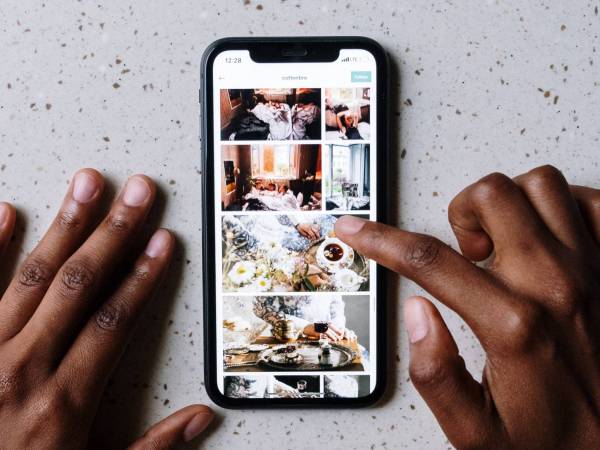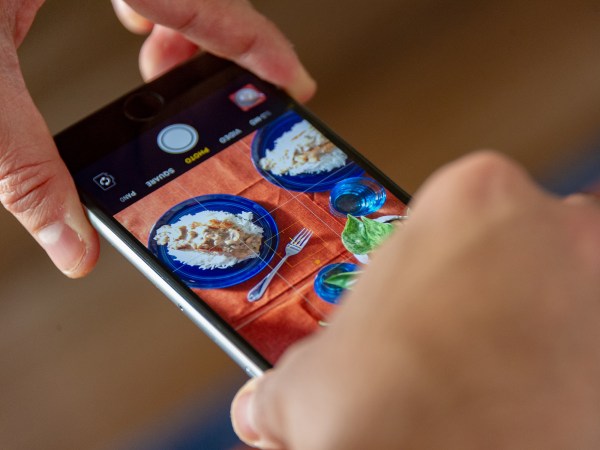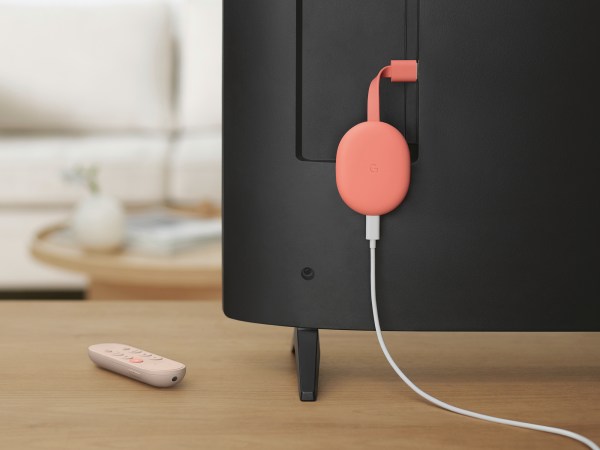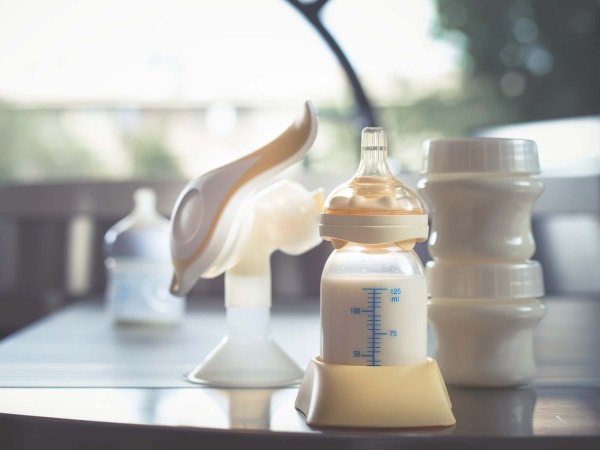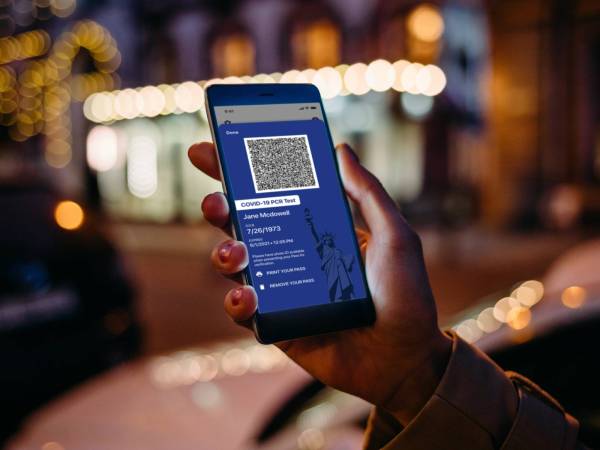

At every birthday party, little league game, and homecoming dance you’ll find a multitude of parents, phone cameras poised and ready, avidly capturing every moment of their children’s first 18 years. In the moment, each snapshot is precious. But with the extensive memories in our smart devices, those memories inevitably sink to the very bottom of a sea of thousands of other photos.
“[It] can be an added parenthood stressor,” says Whitney Casares, pediatrician, author, and founder of the online community Modern Mamas Club.
She often hears parents talking about trying to ensure precious moments don’t slip away into the technological abyss. Some people invest in online storage or turn to apps, while others go old school and create physical albums just like their own parents might have.
But if you’re confused about what would suit you best, know there are some innovative methods that can stand the test of time.
A baby book that makes itself
You’ll struggle to find a parent that wouldn’t love to have a Pinterest-perfect baby book, complete with their newborn’s first footprint and hospital bracelet. But crippled with sleep deprivation, few parents have the time or energy to actullay make something like that.
The Short Years is an app that does the heavy scrapbooking for you by texting you questions you can reply to in writing or with photos. Parents start with a physical book they can take to the hospital for hands and feet prints. Then, after completing three chapters through the app’s prompts, the company prints and mails the new pages so parents can add them to their book.
[Related: Your first memory probably isn’t yours, no matter how real it seems]
This service is one of Casares’ favorite options, because users can dedicate as little as 5 minutes a day to capturing their newborn’s memories in a professional-looking, hardbound book. The Short Years is also inclusive to adoptive parents and can extend past the baby years with additional toddler options.
Qeepsake is a similar service and a helpful alternative that allows you to customize your notification preferences. You can set it up so you only receive prompts multiple times a day or only once at certain times. You can also specify what holidays you want to get questions about. While The Short Years uses an app, Qeepsake eliminates extra steps and spares your phone some space by using text messages.
Those with multiple kids will need to buy a separate book for each of them, as opposed to one big tome with all the memories of your little ones. Depending on how many pages you want each book to have, this can be a bit costly, and even potentially confusing if a lot of your pictures feature multiple kids in them.
The smartest e-organization system
In 20 years, your adult child might be looking for that one picture with their favorite stuffed animal from their childhood for a graduation or wedding slideshow, and you might laugh at the thought of sorting through thousands of pictures trying to find it. Luckily, Google Photos (available for Android and iOS) uses machine learning to act as the robot parents need to organize multiple childrens’ memories over the years. The platform also offers easy sharing, allowing family and friends to access images and receive alerts when you upload content to a specific album.
Google Photos automatically recognizes places, text, and faces, and catalogs and tags images accordingly. David C. Williams, director of hyper-automation at AT&T, appreciates this feature since it allows users to filter photos and videos by who’s in them, for example.
“Google Photos will allow you to just search ‘yellow dog, purple cat.’” Or things like stuffed animals. “That machine learning piece is what takes it to the next level,” he says.
Google’s image manager also backs up pictures to the cloud automatically, alleviating parents from having to invest time they don’t have into manually transferring their phone’s camera roll into an external hard drive.
For some, using different hashtags for each child on social media has become their go-to way to save memories, but Williams says Google Photos is safer. “If you’re cataloging on Facebook or Instagram, it’s like putting your photo album on the front porch of your house,” he says. Google Photos, on the other hand, stores your pictures behind the front door.
If you are less concerned about cataloging and more care more about having quick and safe access to photos and video, Williams says Dropbox is also a good option, but is not as powerful as Google Photos when it comes to machine learning capabilities.
A lifetime of emails as a graduation present
The potentially most low-tech, free option to immortalize memories is creating an email account for your child. The idea is to send emails to that address with notes about your kid’s first words or funny things you can’t believe they said to the grocery clerk. Then, when they turn 18, or whatever age you decide, you can give them the password as a gift.
Making an account using your child’s name can also double as a useful tool for their future adult version, as they’ll already have a professional email address (not Sk8teboardchick2016) for when they start sending more serious messages.
Williams says that for grown up children, working through all those emails can be a cumbersome task, but it doesn’t have to be. By simply turning over access to the account, they can take their time and pull up memories at their own pace.
Compressing thousands of videos into a second per day
An entire childhood can fly by and even feel like a blur. If your goal is to capture the vibe of those first years rather than cataloging each individual moment, an app like 1 Second Everyday can be helpful. The platform allows you to create a movie that includes a snippet of every day in an effort to build our own narratives.
There are several apps that do the same job, but when you choose the one for you, make sure it allows you to download the final product rather than forcing you to save it within the app itself. That way, you don’t depend on the platform providing support 15 years from now, and you can future-proof your video by saving it to wherever you think is safest. You can use this along with Google Photos and store videos for every month or year, or you can even send videos to your child’s email account.
“Choosing the right moments to catalog is much more important than cataloging every minute,” says Yalda T. Uhls, a professor of digital media and human development at UCLA and founder of the Center for Scholars and Storytellers.
She recommends getting your kids involved in the photo and video organizing process rather than picking what’s important to save by yourself. It’s a good idea to sit down as a family on a weekend, for example, and make your children a part of the conversation about what memories they too hope to remember. That, Uhls explains, is a bonding experience in itself.
If you’ll be sharing memories and moments of your children’s life on social media, Uhls also advises asking for their permission. After all, they’re the ones who will be exposed, and they might be more hesitant as they become teenagers.
Know when to stop
Saving history and memories is definitely a part of parenthood, but Casares stresses the importance of not getting caught up in it.
“Memory preservation shouldn’t take precedence over more critical parenting responsibilities, like giving attention to our little ones and enjoying the real-life moment with them,” she says.
[Related: What ‘gentle parenting’ can teach us about care, relationships, and communication]
While no parent wants to look back and realize they don’t have as many photos of their child’s early years as they’d like, there’s a fine line between consistently capturing memories at regular intervals and obsessing over memory preservation. And it’s not only about sacrificing being in the moment for the sake of documenting—it can also affect the development of your kid.
“The science shows us that when parents are consistently distracted by devices as they interact with their children, development is impacted,” explains Casares. “It’s more difficult for babies to read expressions when their parents’ faces are partially hidden behind a phone, which can influence social-emotional learning. Older children are more likely to have behavioral issues when their caregivers are in a state of perpetual distraction.”
So don’t let preserving and cataloging a great moment take you away from living it. Yes, take a picture or two, or make a short video. But once you’re done, put the camera down and just enjoy those precious, fleeting moments with your kid.
